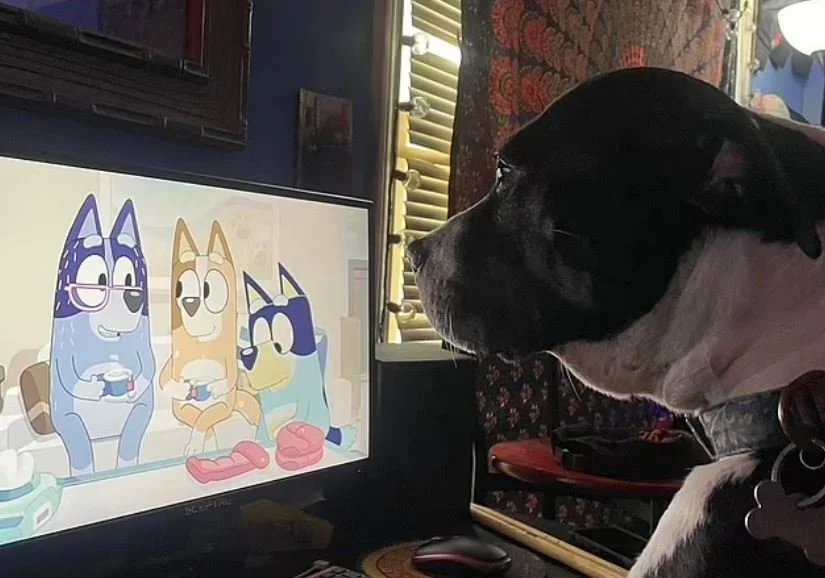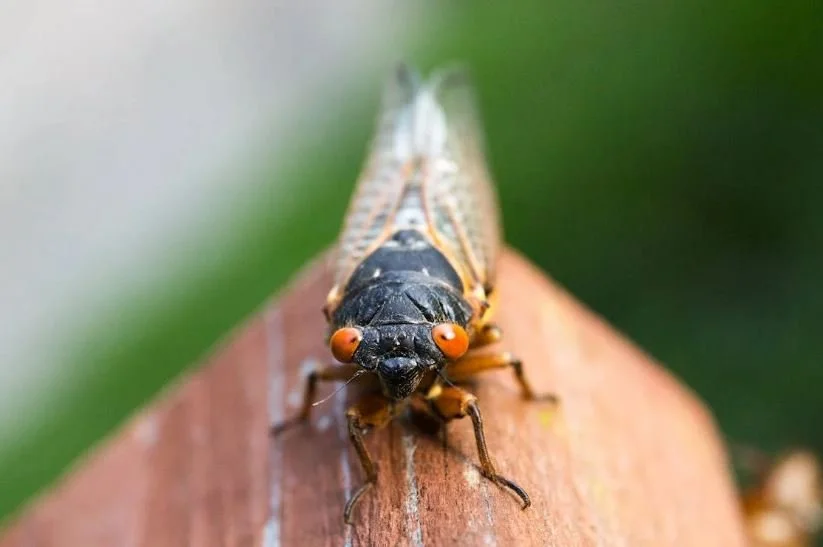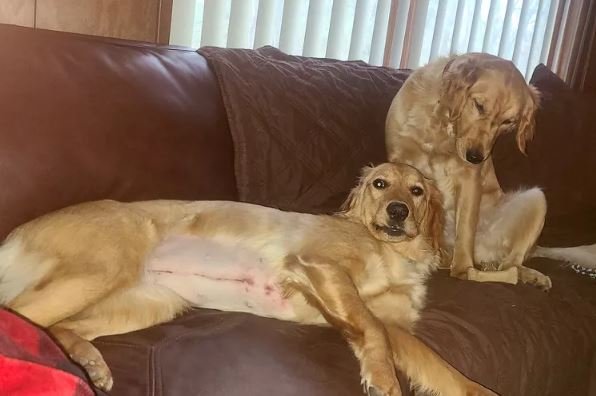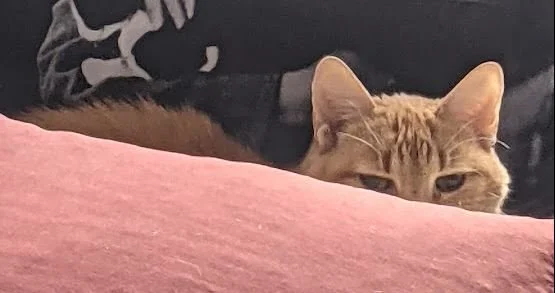Why Do Dogs Love Watching the Kid’s TV Show, Bluey?
The Australian animated series Bluey has pre-school fans all over the world. Plenty of adults love the show too, and so do their dogs for some reason. People magazine consulted with Amanda Farah, the National Training & Behavior Coordinator for Best Friends Animal Society, to break down why the show has become known as “dog entertainment.”
First of all, the show is all about dogs. Bluey herself is a Blue Heeler, or Australian cattle dog. “There is research that says that dogs seem to discriminate dogs on video,” Farah says. “They recognize dog shapes, which is probably not surprising. The way that Bluey is drawn, it's a silhouette of a dog. The stand-up ears are really easy to distinguish.”
Then there’s the fact that Bluey is heavy on colors that dogs can actually see, namely its blue-and-yellow heavy color palette. “They see contrast of other colors,” Farah says. “Maybe they don't see blue as the blue we see it or yellow as the yellow we see it, but they can tell the differences between those.”
Like toddlers, dogs like the show’s constant movement. The show follows the titular Bluey, an anthropomorphic, high-energy six-year-old who lives with her father (Bandit), mother (Chilli), and younger sister (Bingo). Other characters represent different dog breeds.
Movement’s nice, but there are limits. Dogs have short attention spans, so Bluey’s 7-minute-long episodes are about the right length to keep kids and dogs rapt. “We know that dogs seem to forget things that have happened if it's [been] more than three or four minutes,” Farah says, but the constant motion of color-friendly animation may grab them a bit longer.
Farah also notes that the show’s action is predictable, which dogs like, and that there are a lot of high-pitched sounds that have them pricking up their ears. Perhaps also Aussie accents intrigue American dogs, noting that her own dogs seem to respond to bilingual ads. “ Its not a cadence that they're as familiar with,” she explains. “Sometimes they want to investigate the novel things.”







